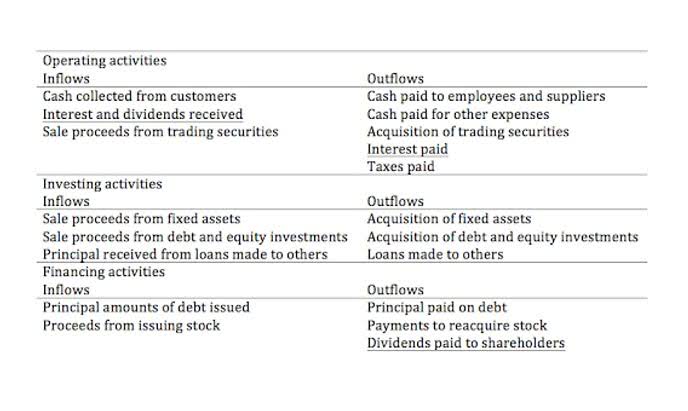
If you’re formally employed by a US company, chances are you receive a W-2 tax form each year for filing your income taxes. As a W-2 employee, you may also be wondering what tax deductions are available to you to help reduce your federal income tax liability. Tax deductions for W-2 employees range from what is tax liabilities on w2 the sizable standard deduction to smaller tax reliefs like charitable donations and home mortgage interest. Explore 7 W-2 tax deductions to see which tax reliefs you’re eligible for. Calculate your tax liability by determining your taxable income, subtracting deductions, applying tax rates, subtracting tax credits, and arriving at your total tax owed to the government.

Key Components Contribute to Determining Tax Liability

Taxes are imposed on a federal, state, and local level and help pay for Coffee Shop Accounting public projects like rebuilding infrastructure and funding public programs. As we touched on previously, there are a variety of tax liabilities that may apply to your personal or company tax situation. It’s important to understand which may apply to you, so you can better anticipate your final tax bill. You should consider reviewing your tax withholding annually to ensure you withhold the correct amount of money from your paychecks. Boxes 3 and 5 show the amount of your earnings subject to Social Security and Medicare taxes, respectively. Boxes 4 and 6 show the amount of Social Security and Medicare taxes withheld.

i) Independent Contractors Who Become Employees
- You are responsible for making your own payments for the taxes that you owe each year.
- One way for corporations to avoid this double taxation is to incorporate as an S corporation instead of a C corporation.
- Two critical boxes that you should familiarize yourself with are Box 11 and Box 12.
- I’m a dad, husband, Certified Financial Planner, tax practitioner, retired Navy veteran, and writer.
- Strategies like tax-loss harvesting, which offsets gains with losses, and using tax-advantaged accounts such as IRAs and 401(k)s can help manage liability.
- These standard deduction amounts are subtracted from the total of your earned income and you’re only taxed on the remaining balance.
The primary difference between W-2 and 1099 forms lies in the employment relationship. Form W-2 is exclusively for employees, while 1099 forms cover various types of non-employee compensation and other income. Understanding the distinctions between Form W-2 and other common tax forms helps clarify your tax obligations and ensures proper reporting of income. This box will be checked only by a third-party sick pay payer filing a Form W-2 for an insured’s employee or are an employer reporting sick pay payments made by a third party.
- Take a few minutes to save these 2025 tax filing deadlines to your calendar, and stay ahead of the IRS this year.
- However, self-employed people are eligible for a deduction for half of the tax (otherwise known as the employer’s portion).
- Includes the amount of state income tax calculated for the income reported in Box 17.
- Many employers provide access to W-2 forms electronically through payroll management or HR platforms.
- If you’re an independent contractor, you’re responsible for your own tax withholding.
Where can I find IRS Form W-2?

If your employer included 100% of a vehicle’s annual lease value in the your income, your employer must also report that value here or on another statement. Shows any employer contributions (including amounts you elected to contribute using a cafeteria plan) to an HSA. Code T shows the total that your employer paid or reimbursed for qualified adoption expenses furnished to you under an adoption assistance program. However, if the SIMPLE plan is part of a Section 401(k) arrangement, your employer may use code D.
Box 8: allocated tips
If your company is not C-Corp, it is called a “flow-through” company as profits and losses flow through the company to the owners and shareholders, who pay taxes at contribution margin their respective tax rates. As an independent legal entity, your company is obliged to pay taxes on the company’s profits. Corporate tax is added to the tax you pay on your income as an individual. Your C Corp is subject to a state corporate income tax rate, and your business may also pay state corporate tax. Assume that the total income reported by Adriane on the IRS-W2 form at the end of the year is $70,000.
